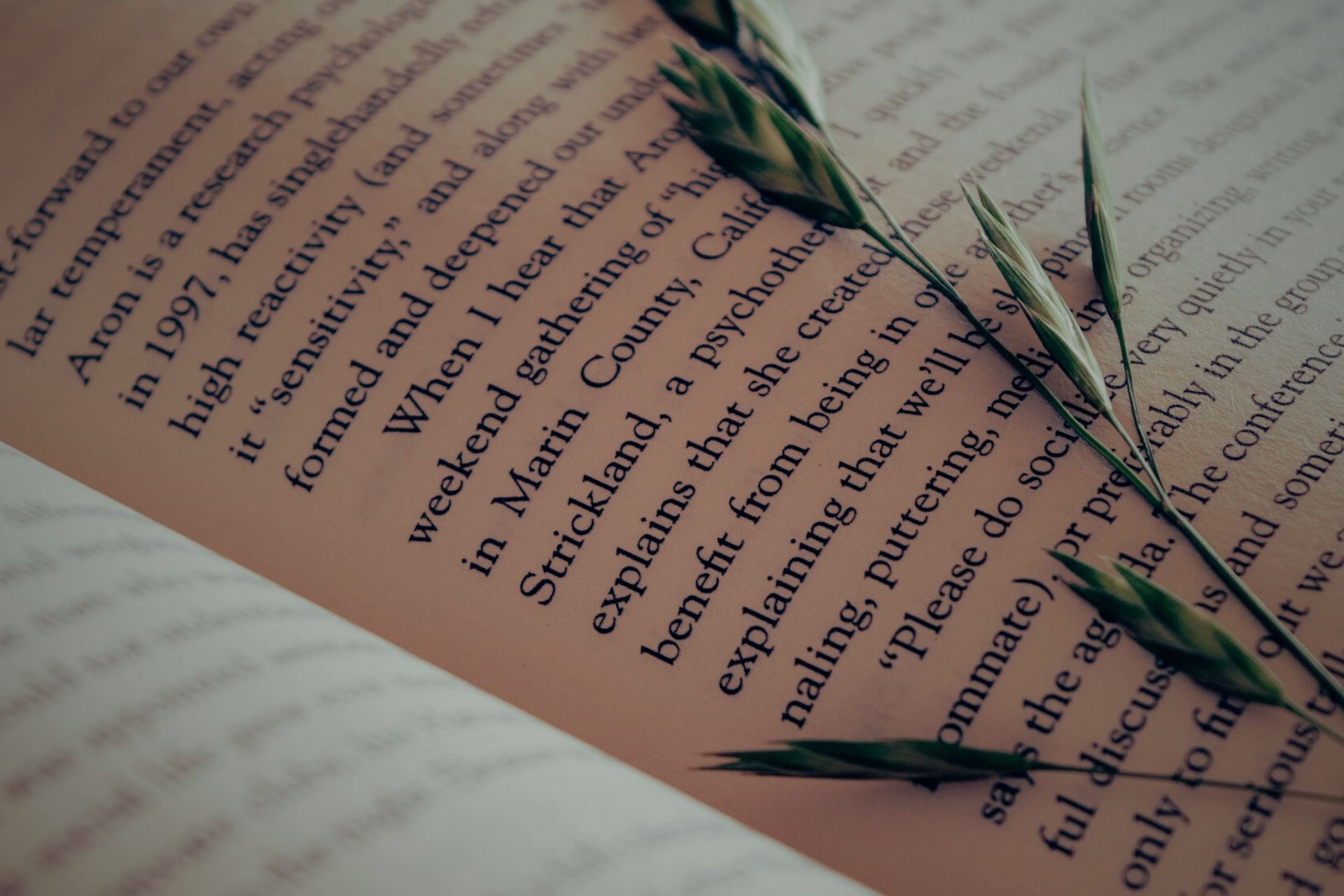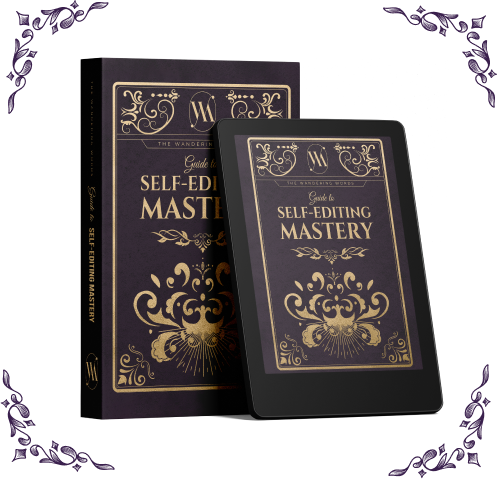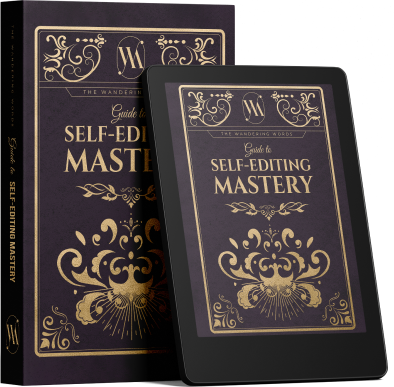
Point of View – Who’s Tellin’ This Dang Story, Anyhow?
Sep 01, 2024 • 4 minutes • by Christina Bagni
There are three basic points of view a story can have:
- First person: I went down to the pier to get some lobster.
- Second person: You went down to the pier to get some lobster.
- Third person: He/She/They went down to the pier to get some lobster.
First Person Point of View (POV)
- First person is more emotionally close to the character, since we're in their brain.
- It has a limited scope (pros and cons to that).
- It has a vibrant voice, since the character is telling their own story. It often includes accents, regionalisms, etc.
- It mirrors how we tell stories in real life.
- It allows for unique techniques, like the unreliable narrator, or a book in the form of letters or diary entries.
- Is very common in fiction, especially young adult (YA) fiction, and is the POV used in memoir writing, too. It's common in nonfiction genres like business, self-help, and leadership books.
Second Person POV:
- You don’t often see this in fiction, but the Choose Your Own Adventure series usually were written in second person to great effect.
- Cookbooks, self-help books, and other how-to books are often written with portions in second person.
- Letters, of course, are written in second person.
Third Person POV:
- This is the most common point of view nowadays--though first is becoming more and more popular as the YA genre grows.
- Third person gives the writer more freedom, since you aren’t stuck in one character’s head the whole time.
- It allows for a broad perspective.
- It allows for more descriptive narration--many characters aren’t as well-spoken as authors want them to be
- It creates suspense--will our hero survive? In first person, usually, yes. In third, you have much less of a guarantee.
- You can still have the character's thoughts, but it's less seamless than with first and can be clunky, especially when authors are not used to writing this way.
- Some nonfiction is in third, especially textbooks and biographies.
Multiple POVs
Many books have multiple POV characters, which means we get to see the story from many different angles. This can be done in either first or third person. Some books even use both, with one character's portion being told in first person, and another character's portion being told in third person!
This does allow the writer even more freedom, since they can explore aspects of the story that don't happen in front of the protagonist (like, what the villain is up to).
For multiple POVs, it's best if you only switch POVs on a chapter or section break. Switching too often or without intention can result in a book feeling confusing or jarring--many people call this "head hopping."
If it's your first book, it's probably wise to stick to one head for now.
Books that have multiple POVs:
- Frankenstein, Mary Shelley
- My Sister’s Keeper, Jodi Picoult
- Twilight: Breaking Dawn, Stephanie Meyer
- The Da Vinci Code, Dan Brown
- The Game of Thrones series, George R. R. Martin
Ultimately, whether you have one POV character or many, and whether you choose first, second or third, all depends on your story itself.
Do you want to focus on one character, or many? Do you feel that your character's voice and thoughts are important, or would it add to the tension if the reader wasn't invited into their minds?
My suggestion is to write the first chapter in third, then rewrite it in first. Try writing with one POV, and see if you feel like the story needs another. Yes, it's extra work, but it will be worth it in the long run, as it will help you figure out what works best with the story you're writing.
You just might discover a skill or strength you didn't know you had!
Happy Writing,
~Christina



